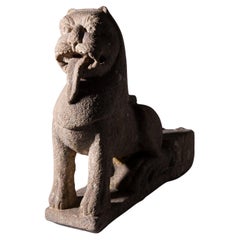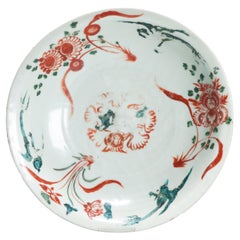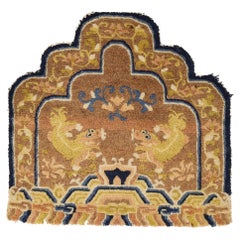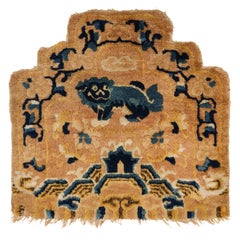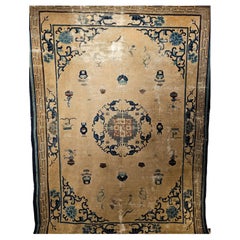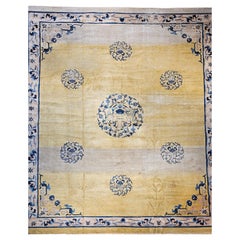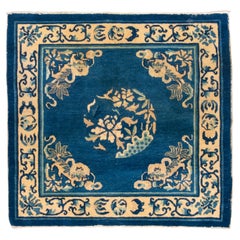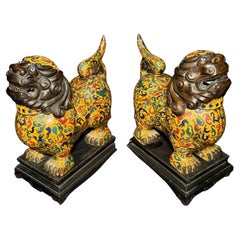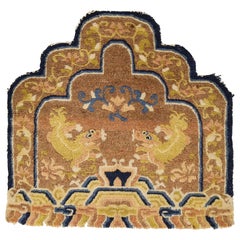Antique Chinese Lions
15th Century and Earlier Chinese Qing Antique Chinese Lions
Stone
17th Century Chinese Antique Chinese Lions
Porcelain
Early 19th Century Chinese Ming Antique Chinese Lions
Wool
1750s Chinese Qing Antique Chinese Lions
Wool
Late 19th Century Chinese Antique Chinese Lions
Wool, Cotton
Late 19th Century Chinese Antique Chinese Lions
Wool, Cotton
Early 20th Century Chinese Antique Chinese Lions
Wool
Early 20th Century Chinese Chinese Export Antique Chinese Lions
Copper, Enamel
Early 19th Century Chinese Antique Chinese Lions
Wool
1870s Chinese Antique Chinese Lions
Wool
Early 1900s Chinese Qing Antique Chinese Lions
Bronze, Enamel
Early 1900s Chinese Antique Chinese Lions
Wool
Early 20th Century East Turkestani Rustic Antique Chinese Lions
Wool
Early 1900s Chinese Antique Chinese Lions
Silk
19th Century Japanese Meiji Antique Chinese Lions
Wood
Early 20th Century Japanese Chinese Export Antique Chinese Lions
Sandstone
Early 20th Century Chinese Antique Chinese Lions
Ceramic
Early 18th Century Japanese Edo Antique Chinese Lions
Gold Leaf
Late 19th Century Chinese Chinese Export Antique Chinese Lions
Jade
19th Century Chinese Antique Chinese Lions
Soapstone
19th Century Chinese Antique Chinese Lions
Limestone
Early 20th Century Chinese Chinese Export Antique Chinese Lions
Porcelain
Early 20th Century Chinese Chinese Export Antique Chinese Lions
Porcelain
18th Century Chinese Archaistic Antique Chinese Lions
Stone
Early 20th Century Chinese Chinese Export Antique Chinese Lions
Porcelain
19th Century Chinese Chinese Export Antique Chinese Lions
Wood
Late 19th Century Chinese Qing Antique Chinese Lions
Stoneware
15th Century and Earlier Chinese Antique Chinese Lions
Wood
Late 19th Century Chinese Antique Chinese Lions
Bronze
1880s Chinese Qing Antique Chinese Lions
Stone
Early 1900s Chinese Qing Antique Chinese Lions
Bronze
19th Century Chinese Antique Chinese Lions
Other
Early 1900s Chinese Chinese Chippendale Antique Chinese Lions
Porcelain
Mid-19th Century Chinese Qing Antique Chinese Lions
Limestone
Early 20th Century Chinese Chinese Export Antique Chinese Lions
Porcelain
17th Century Chinese Antique Chinese Lions
Porcelain
Late 18th Century Chinese Antique Chinese Lions
Porcelain
Late 19th Century Chinese Antique Chinese Lions
Sandstone
19th Century Chinese Chinese Export Antique Chinese Lions
Marble
19th Century Chinese Chinese Export Antique Chinese Lions
Porcelain
Early 19th Century Chinese Qing Antique Chinese Lions
Limestone
1920s Chinese Antique Chinese Lions
Wood
16th Century Chinese Ming Antique Chinese Lions
Bronze
Late 19th Century Chinese Chinese Export Antique Chinese Lions
Brass
Mid-19th Century Chinese Qing Antique Chinese Lions
Limestone
Mid-19th Century Chinese Qing Antique Chinese Lions
Stoneware
Mid-19th Century Chinese Antique Chinese Lions
Rock Crystal
Mid-19th Century Chinese Chinese Export Antique Chinese Lions
Bronze
Mid-19th Century Chinese Qing Antique Chinese Lions
Silk
17th Century Chinese Chinese Export Antique Chinese Lions
Bronze
Mid-19th Century Chinese Qing Antique Chinese Lions
Limestone
Early 20th Century Chinese Chinese Export Antique Chinese Lions
Pottery
Early 20th Century Chinese Chinese Export Antique Chinese Lions
Sandstone
Early 20th Century Unknown Chinese Export Antique Chinese Lions
Bronze
Mid-19th Century Chinese Qing Antique Chinese Lions
Porcelain
Early 20th Century Chinese Chinoiserie Antique Chinese Lions
Wood
Mid-19th Century Chinese Antique Chinese Lions
Porcelain
Early 20th Century Chinese Chinese Export Antique Chinese Lions
Jade
Late 19th Century Chinese Qing Antique Chinese Lions
Stoneware
Late 19th Century Chinese Qing Antique Chinese Lions
Bronze
- 1
Antique Chinese Lions For Sale on 1stDibs
How Much are Antique Chinese Lions?
- 1stDibs ExpertApril 5, 2022Chinese guardian lions are called shishi or stone lions. In English, they are colloquially referred to as lion dogs or foo dogs. Shishi are typically made out of stone. On 1stDibs, find your own stone lions from top sellers around the world.
 PAGODA REDOctober 7, 2020
PAGODA REDOctober 7, 2020To determine the age of a Chinese furniture piece, look carefully at the joinery and finish. Natural expansion and contraction of the wood over time will cause a joint to protrude or retract, distorting a once-seamless fit. Antique lacquer finishes become crackled and worn over time. Areas of exposed wood, such as the underside of a table, the footrest of a chair, or the back of a cabinet should appear raw and dry compared to the finished surface. With use, the legs of tables and chairs become weathered near the bottom from precipitation and use.
 Lotus GallerySeptember 23, 2020
Lotus GallerySeptember 23, 2020The best way to know is to take it to an expert, such as an appraiser, reputable dealer or auction house, or museum
- 1stDibs ExpertNovember 4, 2024To identify antique Chinese furniture, look carefully at its details. Chinese craftsmen often built furniture using mortise and tenon joinery, eliminating the need for nails and screws. If you see this type of hardware, your piece is likely not at least 100 years old, especially if the hardware still looks new and shiny. Since antique furniture was handmade, you will normally see slight imperfections, such as tool marks or slight variations in carvings. Pieces that appear completely uniform and pristine are less often genuine antiques.
When present, maker's marks can also be helpful. Research the marks to learn more about when the maker was active and producing pieces like yours. Alternatively, you can have a certified appraiser or experienced antique dealer evaluate your furniture for you.
Shop an assortment of antique Chinese furniture.
